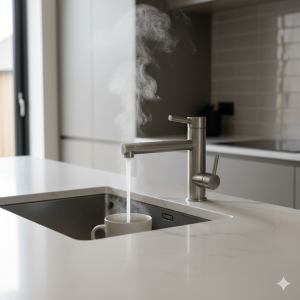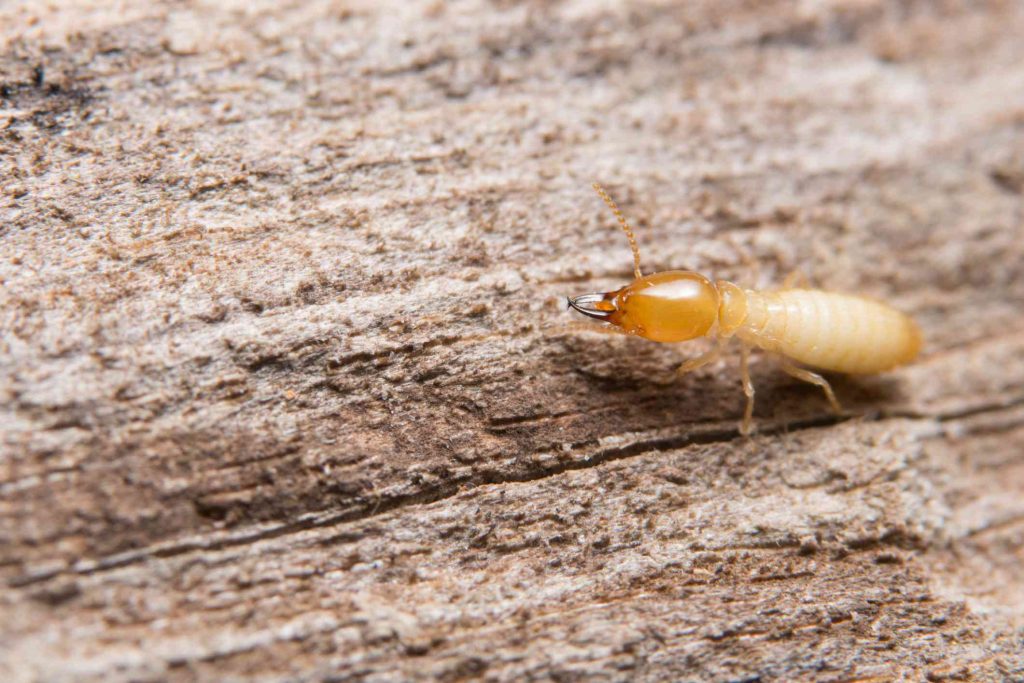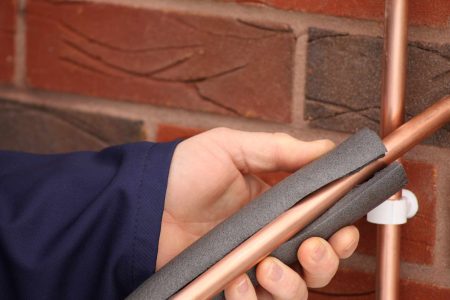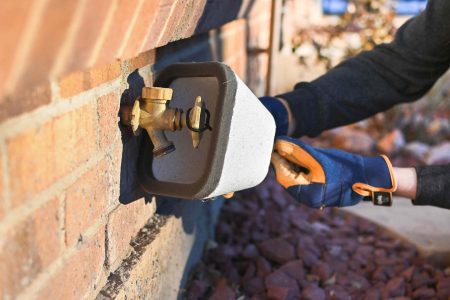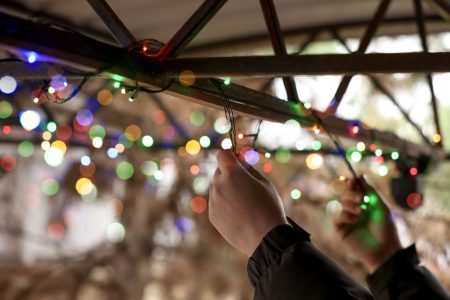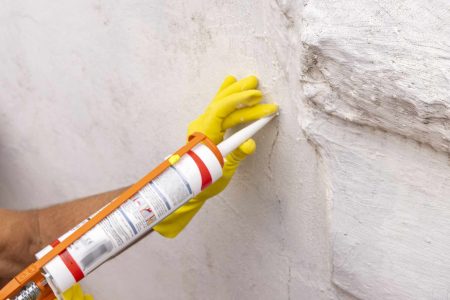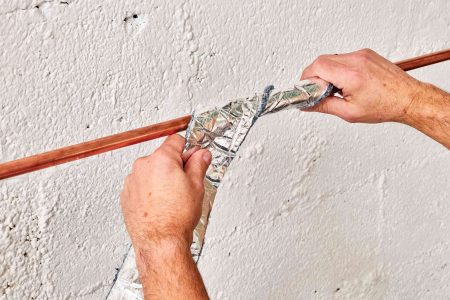Termites are voracious wood-eaters that can cause significant structural damage to homes. We’ve put together 9 early warning signs that termites are eating their way through your home. Learn more about how to detect termite damage.
When to Call a Pro
The most effective termite baiting products are only available through trained pest control professionals. They have the proper equipment, training, and knowledge of termite behavior and habitats to treat your home. Choose a licensed pest management professional to inspect and treat your home.
Want more cleaning and organizing tips? Sign up for our free daily newsletter for the latest hacks, expert advice, and more!
-
01
of 09Mud Tubes
Mud tubes are a clear indication that your home has termites; they can be along the foundation or higher up on the house. If you break the tube and see termites or they repair it in a few days, there is an active infestation. Destroying the tubes will not control the termites—they are still there in the ground and will find other ways to get into the building.
-
02
of 09Swarming Insects
Finding a swarm of termites in your home or around doors or windows means they are active in huge numbers. Killing the swarmers will not solve the problem, there are many more hiding in the moist ground.
Since termites are present in every wooded environment, swarms emerging from stumps or woodpiles far away from the house are not an indication you have an infestation in your home.
-
03
of 09Piles of Insect Wings
A pile of wings doesn’t always mean you have termites. Winged termites are often confused with winged ants. Most species of ants in the house are only nuisances and, except for carpenter ants, do not damage wood.
To distinguish the two, look at the wings. The four termite wings are equal in length and nearly twice as long as the termite body. Ant wings are approximately equal to the length of the ant, and the front and back wings are of unequal length.
-
04
of 09Termite Droppings
Termite droppings are called frass and a pile of the tiny, tan, six-sided fecal pellets means you have an active infestation. You’ll find the droppings near small holes on the surface of the infested wood, typically around window sills, furniture, or wooden stairs.
Continue to 5 of 9 below -
05
of 09Noise in Walls
If the house is really quiet, you might hear faint clicking or rustling sounds coming from inside the walls. This could be termites moving or eating. Take the time to look for other signs that indicate termites.
-
06
of 09Bubbles in Paint or Wallpaper
Bubbling paint on walls or areas of wallpaper that look fragile and thin could be due to termite galleries located just beneath the surface. Rippled or sunken traces behind wallpaper are indicative of termites tunneling underneath.
Termites do not eat the gypsum in sheetrock, but they will eat the outer cardboard covering leaving the thin coat of paint to bubble. Occasionally termites also bore tiny holes through drywall or plaster, accompanied by bits of soil around the margin.
-
07
of 09Hollow-Sounding Wood
Termites damage wood by hollowing it out along the grain. When checking your home for termite infestations, if tapping on wood surfaces emits a hollow sound, it could indicate termite damage within the structure.
-
08
of 09Blisters or Holes in Flooring
Tiny holes in wood flooring or blistered surfaces on laminate or vinyl flooring may indicate an active infestation. Termites create small, pin-sized holes in wood surfaces as they seek entry points into the home. While they do not feed on laminate or vinyl, they will chew on the subflooring or glue, causing surface issues.
Continue to 9 of 9 below -
09
of 09Stuck Windows or Doors
Windows that are stuck or doors that won’t open and close smoothly can be caused by several issues: a shifting foundation, wood rot, or debris in the hardware. The problem can also be caused by termites that have damaged the wood around the openings. If you see termites in the damaged wood, you know there is an active infestation.
Read the full article here
